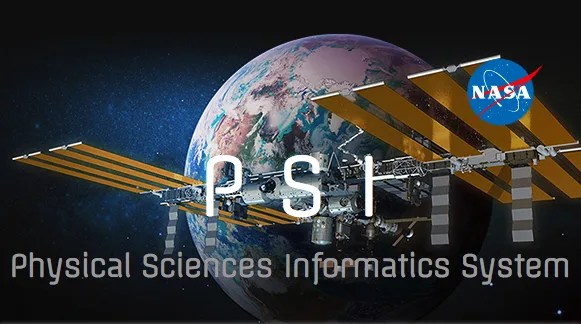Physical Sciences Program
Overview
NASA’s Physical Science Research Program has made contributions in two distinct areas: first, fundamental research, which investigates physical phenomena in the absence of gravity and fundamental laws of the universe, and second, applied research, which contributes to the basic understanding underlying space exploration technologies. In completing these investigations, physical sciences provides basic scientific knowledge, results leading to societal benefit, and contributions to the basic understanding underlying space exploration technologies such as power generation and storage, space propulsion, life support systems, and environmental monitoring and control. All have led to improved space systems or new products on Earth.
Our core objectives include:
- Investigate fundamental laws of physics, often using either microgravity or interplanetary distances as research tools
- Provide mechanistic understanding of processes underlying space exploration technologies such as power generation and storage, space propulsion, life support systems, and environmental monitoring and control
- Support the transfer of knowledge and technology of space-based research to terrestrial systems to benefit life on Earth
- Developing cutting-edge technologies to facilitate spaceflight research
- Promote open science through data sharing
Disciplines
The International Space Station provides the highly desired condition of long-duration microgravity, allowing continuous and interactive research similar to Earth-based laboratories, even providing statistical validity when required. The program also has benefited from research collaborations with the International Space Station partners (Russia, Europe, Japan, Canada) and individual foreign governments with space programs, such as France, Germany and Italy.
NASA’s physical science research is organized into six disciplines – Biophysics, Combustion Science, Complex Fluids, Fluid Physics, Fundamental Physics and Materials Science. Conducted in a nearly weightless environment, experiments in these disciplines reveal how physical systems respond to the near absence of buoyancy-driven convection, sedimentation or sagging. They also reveal how other forces, such as capillary forces, which are small compared to gravity, can dominate the system behavior in space. The data acquired from these investigations is stored in NASA's Physical Sciences Informatics System (PSI) and is available to the public.
If you are a researcher and interested in learning more about NASA’s Physical Sciences Program, please contact Dan Walsh.
The following information is a summary of the six disciplines and the PSI database.
Physical Sciences Informatics System (database)
In fulfillment of the new Open Science model, we are pleased to announce the Physical Science Informatics (PSI) data repository for physical science experiments performed on the International Space Station (ISS). The PSI system is accessible and open to the public. This provides the opportunity for researchers to data mine results from prior flight investigations, expanding on the research performed. This approach will allow numerous ground-based investigations to be conducted from one flight experiment’s data, exponentially increasing our body of knowledge. PSI also meets the President's Open Data policy.



























